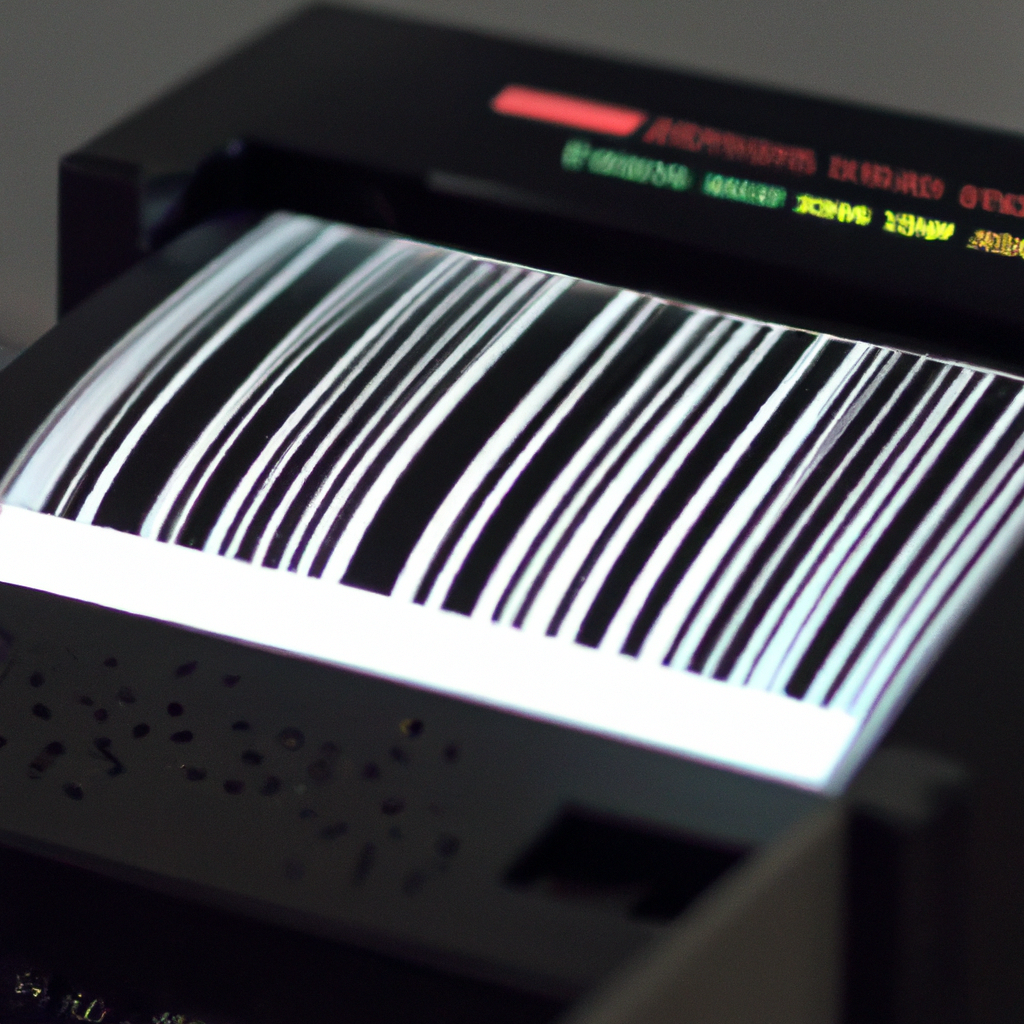Barcode printers are an essential part of the barcode system, allowing businesses to print and produce labels for various products. Barcode printers are available in various types such as thermal transfer printers, direct thermal printers, and label printers. These printers use printing technology that produces labels with barcodes that can be read by barcode scanners. In this article, we will explore the working mechanisms of barcode printers and their role in the barcode system.
Thermal Transfer Printer
Thermal transfer printers are the most common type of barcode printers that use a printing mechanism that involves transferring ink to the label through a ribbon. The ribbon is a roll of inked material that is placed between the print head and the label. The print head applies heat to the ribbon, which melts the ink and transfers it to the label. The ink solidifies on the label, producing a permanent barcode. The ribbon is made of either wax, resin, or a combination of both, depending on the label’s material and the printer’s application.
Direct Thermal Printer
Direct thermal printers are another type of barcode printer that uses a printing mechanism that involves heating the label directly to produce the barcode. Direct thermal printers do not use ribbons, and the printing process is simpler and faster. The printer applies heat to the label, causing a chemical reaction that produces a dark area on the label, creating the barcode. Direct thermal printers are best suited for applications that require quick printing and where the labels will not be exposed to heat, light, or moisture.
Label Printer
Label printers are specialized barcode printers that produce labels with preprinted barcodes. These printers are ideal for businesses that require high-quality and consistent barcode labels. Label printers use either thermal transfer or direct thermal printing technology, depending on the label’s material and the printer’s application. Label printers are available in various sizes and configurations, making them suitable for different industries and applications.
Barcode Printing
Barcode printing is the process of producing labels with barcodes using barcode printers. The printing process involves configuring the printer settings to produce labels with the required barcode specifications. The printer settings include the barcode type, font size, orientation, and label size. Barcode printers can produce labels with various types of barcodes, such as Code 39, Code 128, UPC, and EAN.
Barcode Scanner
A barcode scanner is a device that reads barcodes and converts them into a digital signal that can be processed by a computer. Barcode scanners use a light source and a sensor to read the barcode’s pattern of lines and spaces. The scanner sends the digital signal to the computer, which interprets the barcode and performs the required action, such as inventory management or sales tracking.
Barcode System
The barcode system is an electronic system that uses barcode technology to track and manage various items, such as products, inventory, and assets. The barcode system comprises barcode printers, barcode scanners, and software that manages the barcode data. The barcode system enables businesses to automate processes, improve efficiency, and reduce errors.
Conclusion
Barcode printers are an essential part of the barcode system, enabling businesses to produce labels with barcodes that can be read by barcode scanners. Barcode printers use either thermal transfer or direct thermal printing technology to produce labels with high-quality and consistent barcodes. Label printers are specialized barcode printers that produce labels with preprinted barcodes. The barcode system comprises barcode printers, barcode scanners, and software that manages the barcode data. Barcode technology has revolutionized the way businesses manage and track various items, making it a vital component of modern business operations.







